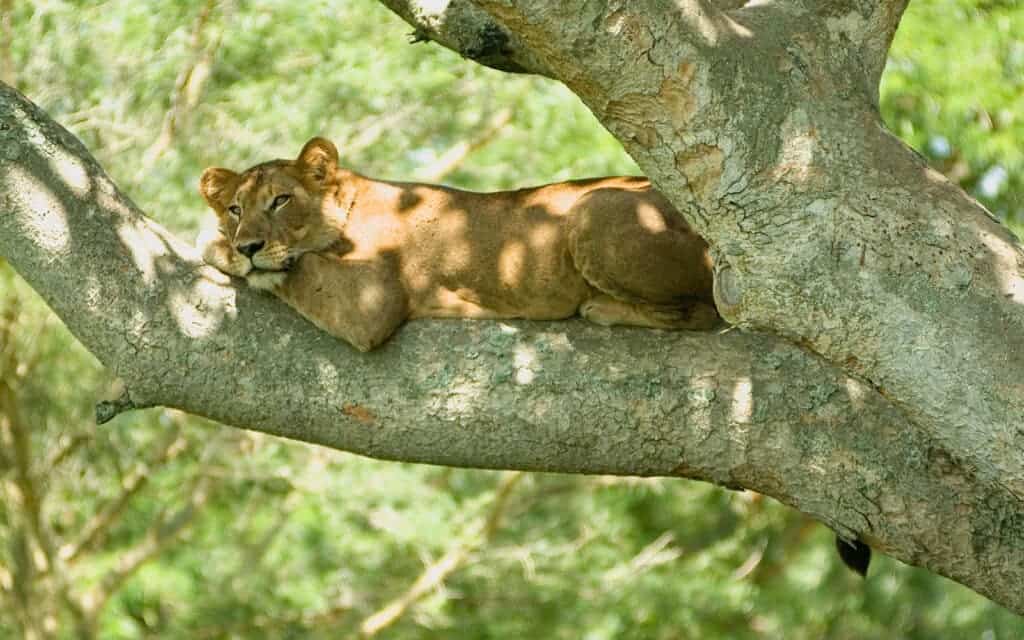Current calculations estimate that there are somewhere between 20,000 and 30,000 lions in the wild… but we’re not really sure. Even if we were totally sure in that interval, a 50% margin of error isn’t exactly trivial.
Counting lions isn’t easy by any means, but one researcher has an idea how to do it more accurately.

There are 102 lion populations are scattered across approximately 2.5 million square kilometers of Africa. The majority of estimates on African lion population and density are based on track counts, audio lure surveys and expert solicitation — hardly reliable enough to make accurate counts.
But without accurate counts, conservation efforts are severely undermined. Since lion populations are thought to have experienced a 50% decline since 1994, that’s quite a concern.
University of Queensland PhD candidate Alexander Braczkowski reviewed existing studies on lion counting and he believes a new approach can work better. It’s not easy, but according to Braczkowski, his idea can help not only in counting lions more accurately but also in understanding their behavior.
“It involves driving extensively and searching actively for lions, and then taking high quality photographs to individually identify them and noting their locations,” Mr Braczkowski said. “We use an analytical method known as Spatially Explicit Capture-Recapture (SECR). For African lions, it was first applied in the Maasai Mara by Dr. Nicholas Elliot and Dr. Arjun Gopalaswamy, and has now been adopted by the Kenya Wildlife Service and others to survey lions and other carnivores across the country.”
The researchers trialed the technique to better understand the density and population of lions in Uganda’s Queen Elizabeth Conservation Area, a park known for its wildlife (which includes buffalo, Ugandan kob, hippopotamus, warthogs, crocodiles, elephants, leopards, lions, and chimpanzees) as well as volcanic features. Since these Ugandan lions love their shade, it was also easier to take photos of them.
“This was the perfect place to use this novel approach since lions at Queen Elizabeth spend a lot of their time up in trees and it is relatively straightforward to get good pictures of them,” Mr Braczkowski said. “Due to this unique tree-climbing behavior, managers and tourists at this park very frequently see lions. But, our study showed that these lions are now moving more and have larger home range sizes compared to a previous study conducted about a decade ago.”
According to the SECR analysis, the lion population is lower than previously estimated, so the researchers suggest that lion populations may be even lower than currently expected, and ask that a more rigorous count be urgently implemented across all populations.
Accurate continent-wide counts would then underpin lion recovery projects, ensuring an efficient allocation of resources where they can make the biggest impact, researchers conclude.
Journal Reference: Alex Braczkowski et al. Restoring Africa’s Lions: Start With Good Counts, Frontiers in Ecology and Evolution (2020). DOI: 10.3389/fevo.2020.00138






